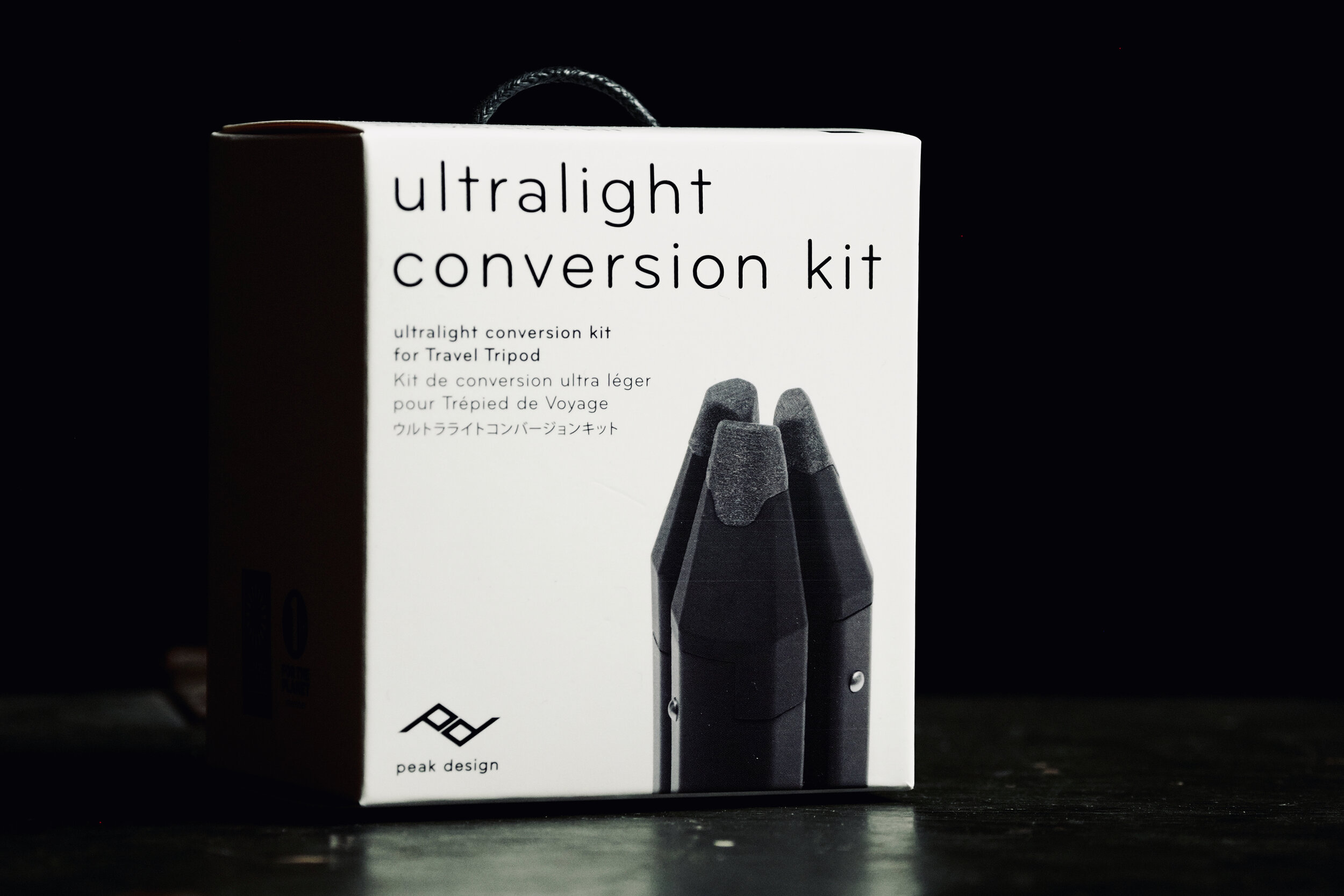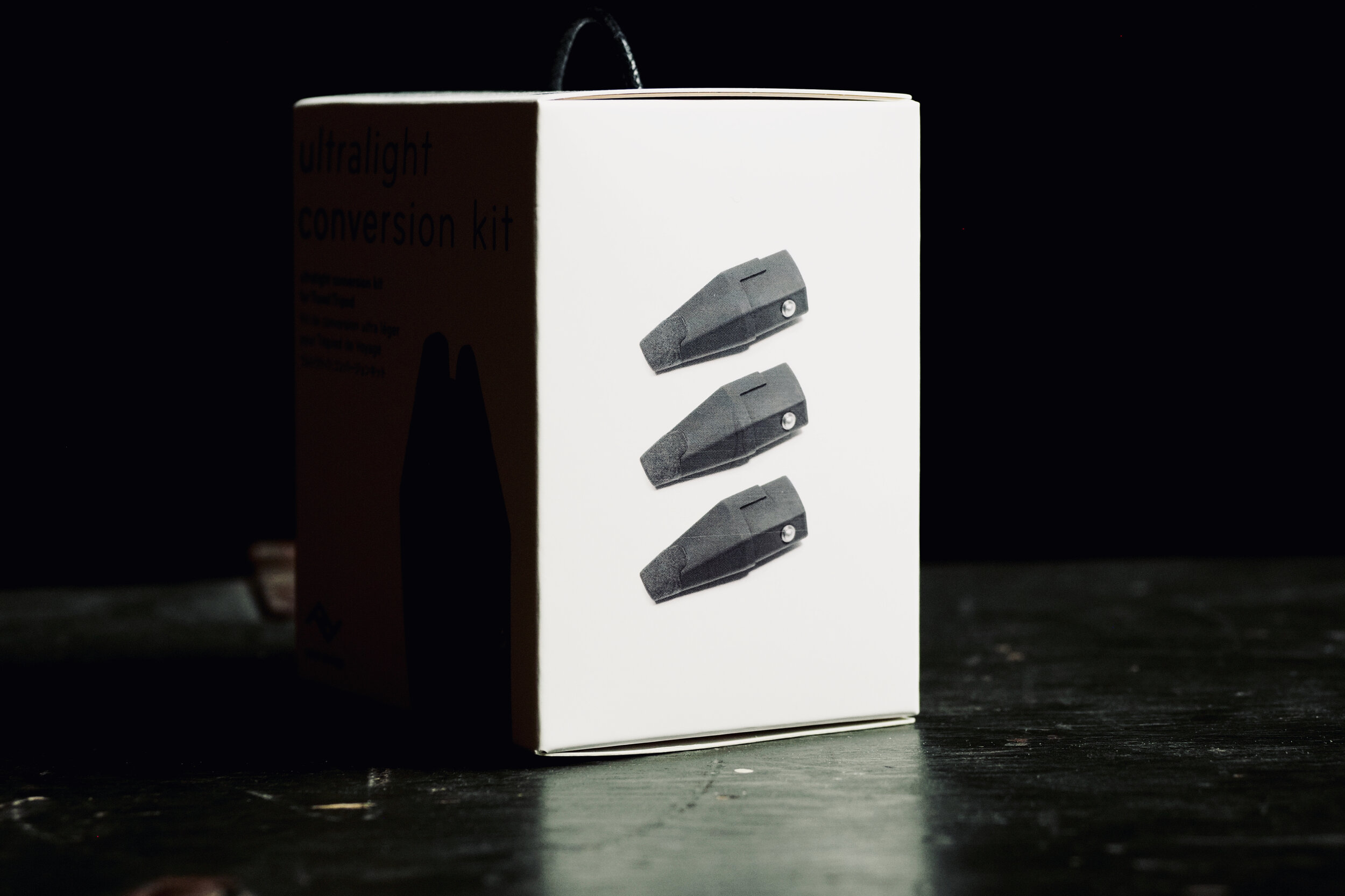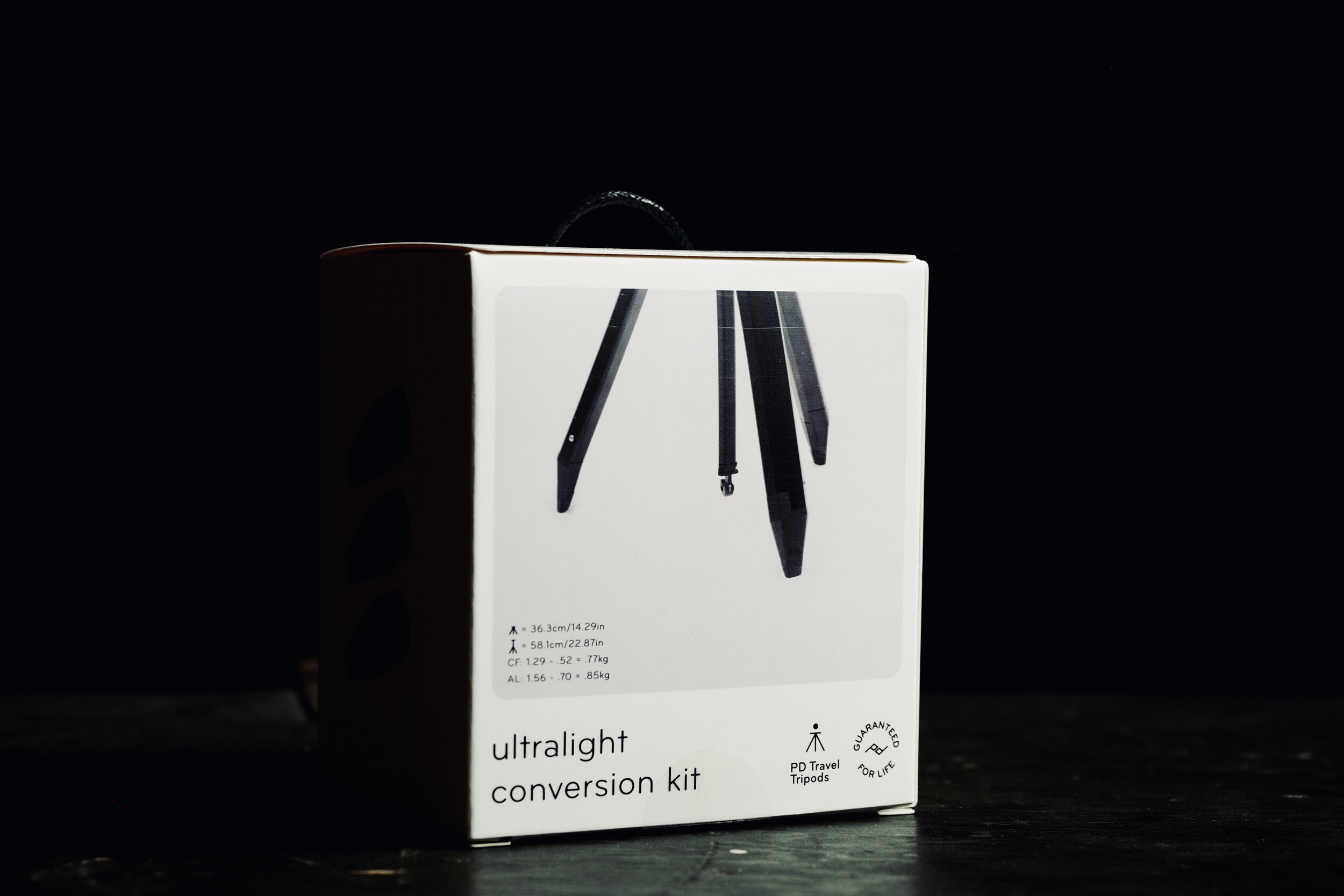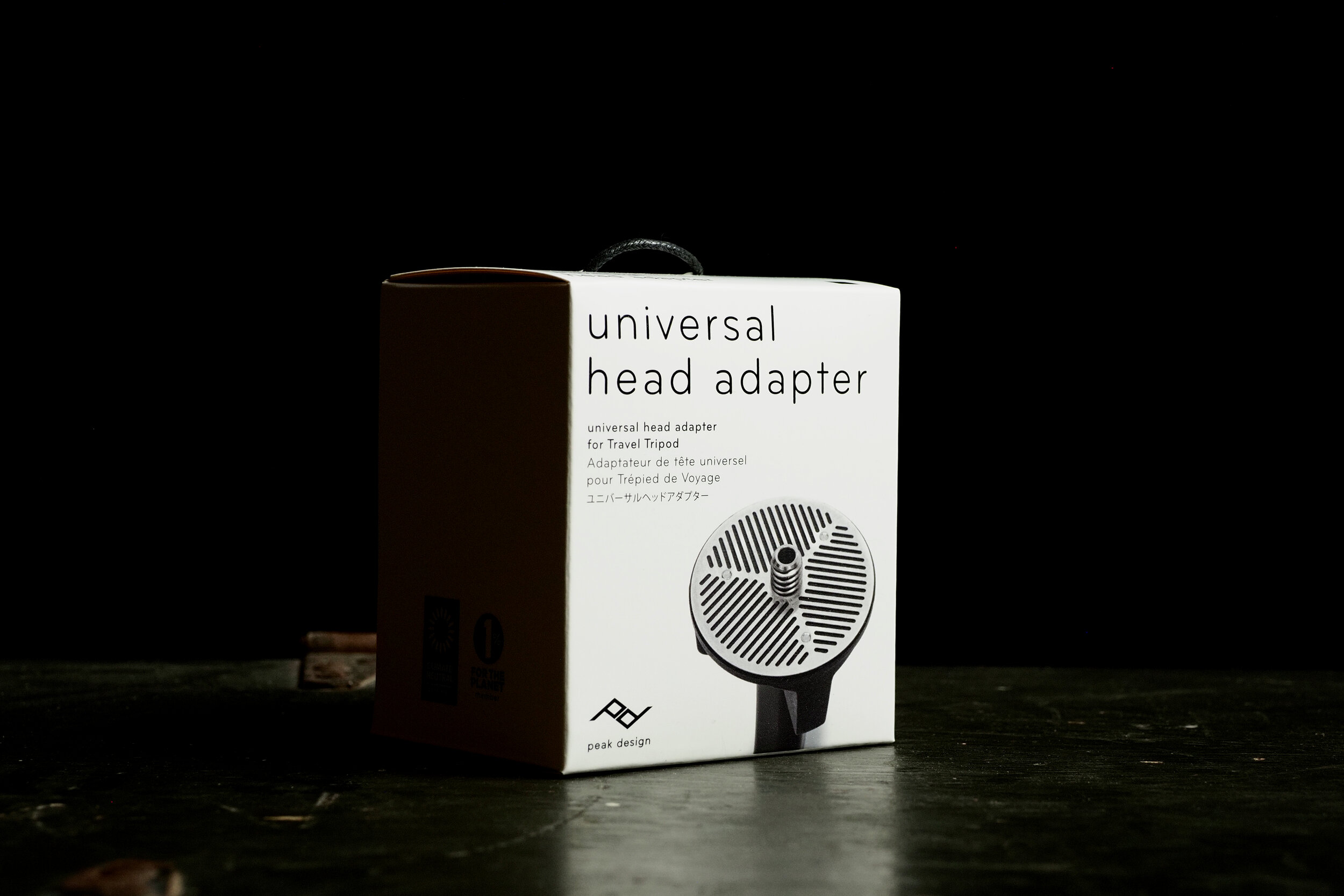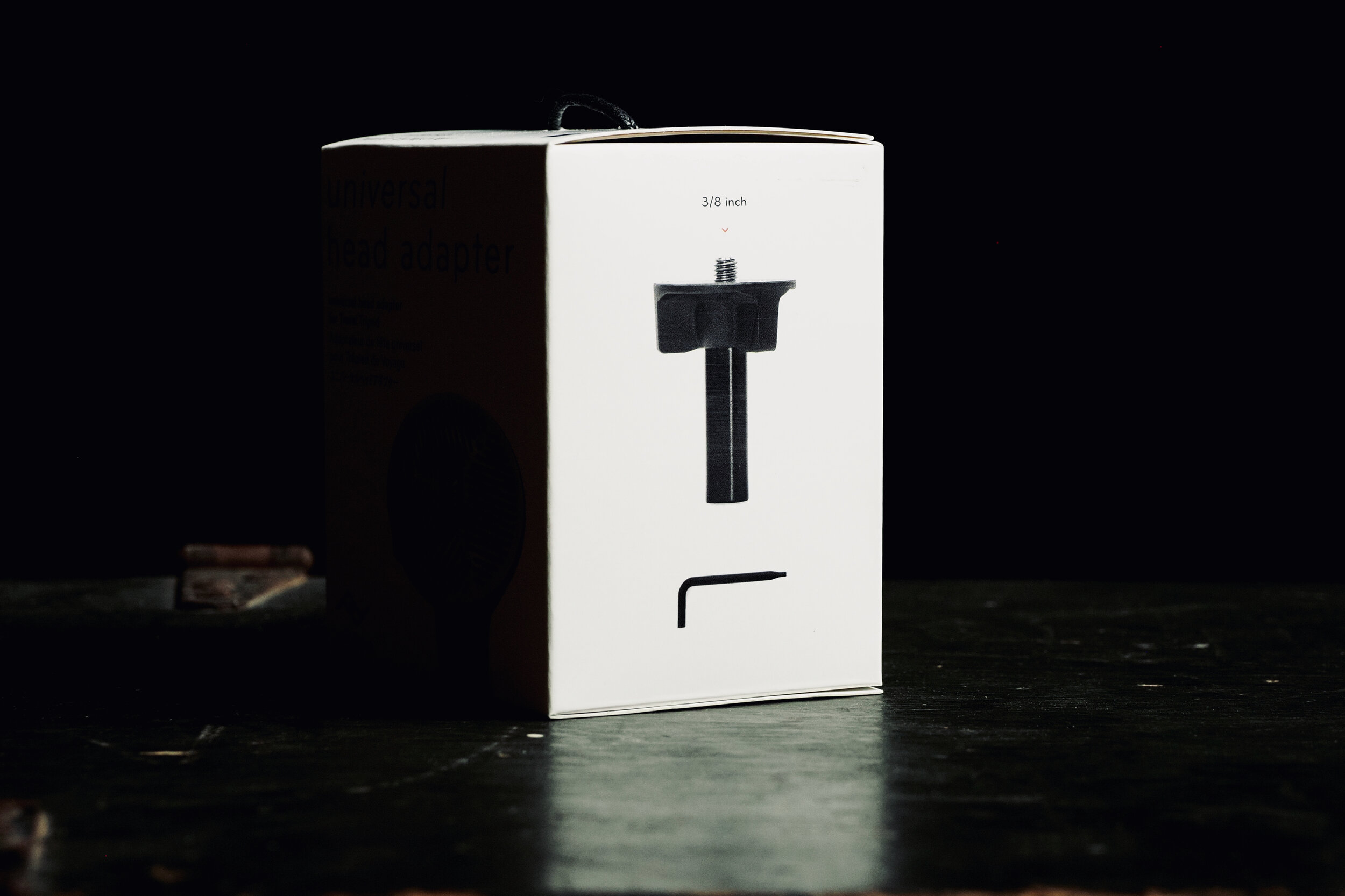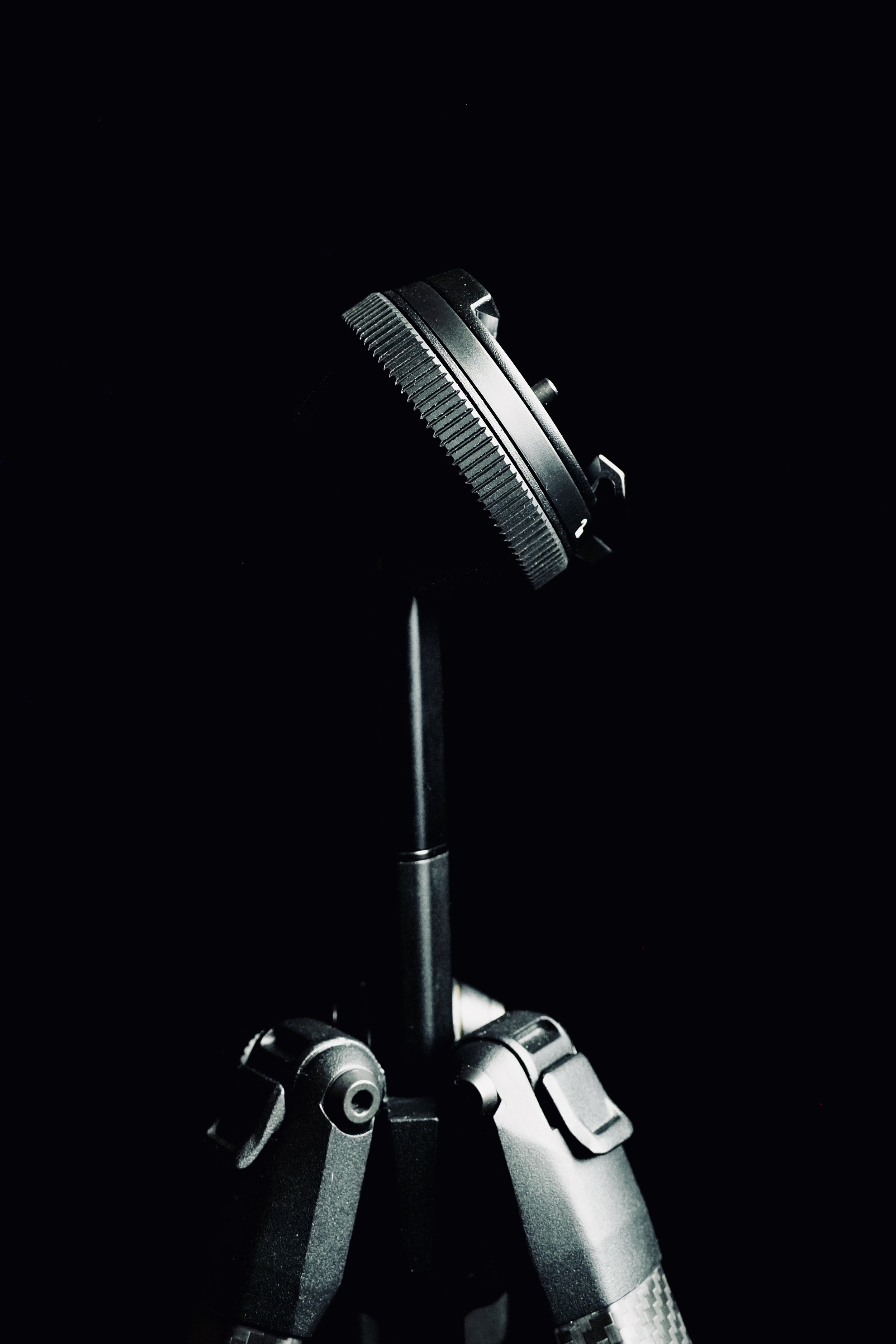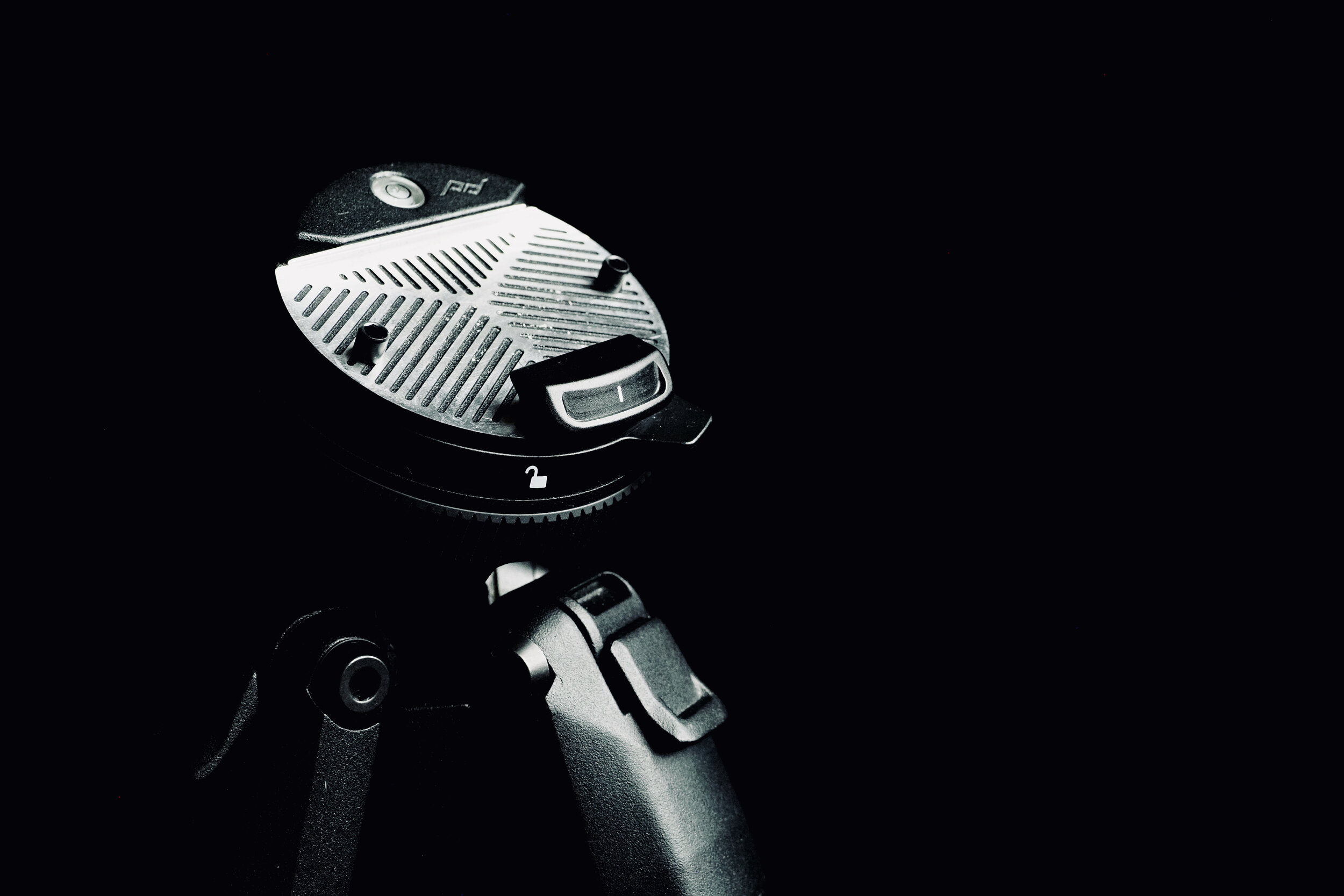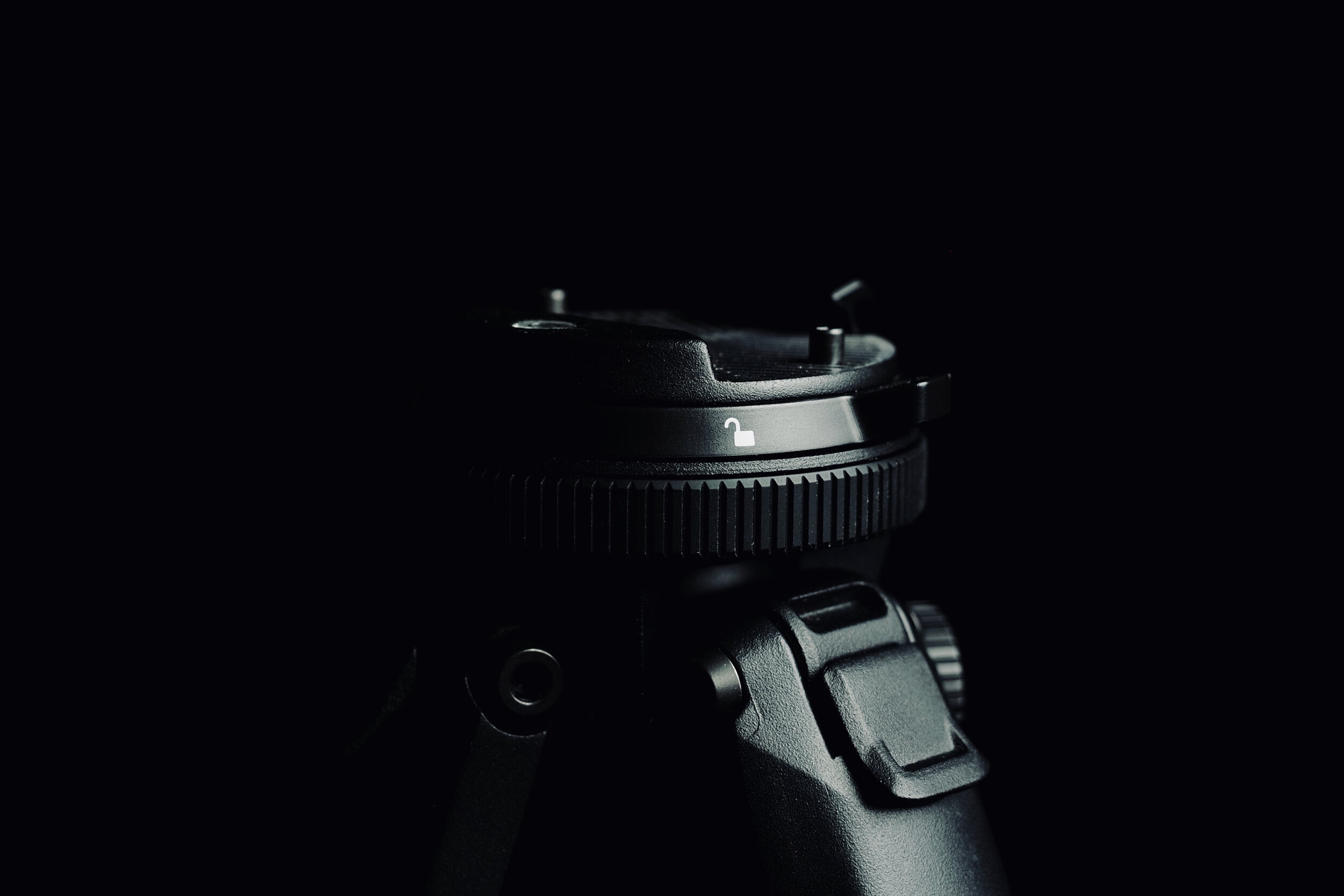Peak Design Carbon Fiber Travel Tripod - A Backpacker’s Best Friend (video included!)
I’ve never been a fan of tripods. They’re big, bulky, and one of those things that I just can’t get myself to bring with me, until recently. I’ve spent a lot of my own money trying to figure out what works and what doesn’t when it comes to pairing my needs of a tripod with my requirements of backpacking gear.
I need something light, compact, durable, and capable of slipping into the side stretch pocket of a backpack when it’s not being used. Most tripods you’ll see backpackers using really only accomplish one or two of those requirements, but when I saw that Peak Design was coming out with their own take on what a travel tripod should be, I was impressed to see they designed something that might actually work for us backpackers as well.
Thanks to the fine folks at Peak Design, I reached out to learn more about their newly designed tripod, told them what I do and how I would use it, and they graciously furnished me with the exact tripod I was interested in. All they asked for in return were some honest feedback on how it functions for backpackers so that’s why you’re reading this review.
Before I go any further, this is NOT a long-term review of the tripod, that will have to come at a later time when I’ve had the ability to use it for a season. Instead, this is a sort of “first look” and “initial impressions” review of why I wanted it, why YOU might want it, and why I think it’s going to fit the bill nicely in the backcountry for a LOT of people.
CONTENTS
MY BACKGROUND WITH BACKPACKING AND TRIPODS
REQUIREMENTS FOR A BACKPACKING TRIPOD
WHY THE PEAK DESIGN TRAVEL TRIPOD IS PERFECT FOR BACKPACKERS AND HUNTERS
WHAT I LIKE ABOUT THE PEAK DESIGN TRAVEL TRIPOD SO FAR
POSSIBLE DOWNSIDES TO THE PEAK DESIGN TRAVEL TRIPOD (NOT FULLY VETTED YET)
WHO THE PEAK DESIGN CARBON FIBER TRAVEL TRIPOD IS FOR
FINAL THOUGHTS ON MY FIRST IMPRESSIONS OF THE PEAK DESIGN TRAVEL TRIPOD
My Background With Backpacking And Tripods
I’m not your traditional tripod artist. I don’t use them for long exposures or landscape photography, rather I use them for filming my backpacking trips and I’m just now beginning to dip my toes into glassing for animals on faraway mountain slopes. For the most part, I had completely written off the idea of hauling a bigger tripod into the backcountry because of how annoying they are to unfold, set up, and put back away. They’re time-consuming so I’ve resorted to only packing in a small lightweight tripod that is really only capable of low-angle shots.
The problem is that those little tripods still drive me crazy at times. They might be lightweight and compact, but you’re restricted to the types of shots you can get. Since the majority of the small tripods are no more than 10 inches in height, you’re left with always shooting from ground level, which is fine, but after a while, it’s just boring to look at.
My original lightweight tripod was this Pedco Ultrapod that actually works pretty dang well if I’m in a pinch. If you don’t have a very heavy camera, it’s a pretty incredible little device, but as my skills grew and my mind began getting more and more creative, I felt restricted by that little tripod.
Next came that famous Joby Gorillapod that everyone loves to hate. I never wanted one in the first place, but when the entire world is saying how functional they are, you have to listen at some point, right? Well I did, and I sprung for the 5k version that was super sturdy, but a pain in the nuts to use. I liked how durable and strong it was, but those jointed legs drove me insane! I don’t care what anyone says, no one can set those tripods up quickly! Once you bend them, you’re going to spend your entire life trying to get them straight again.
Sure, they can grab onto things, kind of, but they’re more of a pain than they are anything else. That said, they DO have their place, but at the end of the day that 5k Joby Tripod still weighed well over a pound and drove me just as crazy as a larger tripod so I sold it and reverted back to my Pedco Ultrapod.
I then saw that Joby came out with an updated version of the 3k Gorillapod so I bought that. It has the same issues as the 5k with the kicker of not being able to hold very much weight. As for packability, literally, any version of the Gorillapod sucks to store in a pocket. The rubber joints catch on everything and it’s never an easy in or easy out situation.
Somewhere in all of that mess, I bought a MeFoto tripod that I never ended up using. I backpacked with it one time and never did it again. It’s not a bad tripod by any means, but it takes up a ton of space.
Requirements For A Backpacking Tripod
I’ve been backpacking long enough to know I don’t NEED a tripod for anything, but I’m getting to the point now where I WANT a tripod in order to do certain things. I won’t always need it, but having the ability to pack one when I do have some sort of idea how I’d employ one would be nice.
Tripods traditionally just aren’t built for backpackers. They CAN be used for backpacking, but it’s that’s not the same thing. When a product is designed for one thing and used for another, you’re going to find some issues with functionality, there’s just no getting around it. For whatever reason, Peak Designs had the forethought to create a tripod that actually works for those living out of bags, traveling, and adventuring out around the world.
The only catch for me was the weight. I’m ALWAYS paying attention to the overall weight so when I saw the carbon fiber version of the Travel Tripod was less than 3 lbs. my ears perked up. It was light enough to fall into the “possible options” category but not light enough to be a shoe-in.
Until it finally did…
Why The Peak Design Travel Tripod Is Great For Backpackers and Hunters
Peak Design just about had me sold on the Carbon Fiber version of their tripod, but what they did next got me hook line, and sinker. They found a way to cut the weight of the tripod nearly in half by offering an Ultralight Conversion Kit that allows the user to pull off the leg extensions and replace them with rubber feet. You lose the height of a normal tripod, but all of a sudden your tripod drops a ton of weight and becomes a backpacker’s dream solution.
Everything in backpacking is a give and take. If weight is a concern, you now have this awesome solution to cut weight while not totally giving up ALL of your height. With the center column extended, you can still get almost 2 feet (22.87in)! When it’s collapsed, it’s still compact at 14.29 inches while weighing in a 1 lb. 12 oz.
Compare that to my Joby 3K or the 5k and you’re nowhere close to that kind of reach, especially since you have to extend the legs out for stability. You end up being just inches from the ground in most cases.
With the Ultralight Conversion Kit all of the sudden, you have yourself a slick, portable, lightweight, and durable tripod that you use as you normally would OR pull the legs off and drop the weight for long stretches of the trail when you need to.
That is what sold me on this tripod and THAT is what I fully intend on doing with this thing.
What I Like About The Peak Design Travel Tripod So Far
I’m writing this during the whole COVID-19 situation, so my ability to go backpacking with this tripod is severely limited right now, BUT lucky for you I’ve been backpacking long enough to know what is what and have a good idea of how it might function when I finally do get out there.
In no particular order, here are my observations about what I like about the tripod.
BUILD QUALITY
Holy moly is this thing built like a tank! I actually had to go weigh it next to another carbon tripod I have because I thought there was no way it could be lighter…but it was. It only feels heavier because of how compact it is. Nothing rattles around and everything feels nice and tight like it should.
SPEED
I’ll have to follow up on this one, but I’ve played around with the tripod enough around the house to know that when they say you can set this thing up quickly, they mean it. The legs pull out easily and go back in just the same. The speed lock clips are quick and easy to catch and put back down making it a breeze to lock and unlock.
COMPACTNESS
I’m not exactly sure if that’s a word or not, but it is in this case. I keep comparing this tripod to others and I’m blown away at how very little empty space there is when it’s folded up. Compare it to a fellow traditional tripod or another “travel” tripod like the MeFoto one I have and it’s not even in the same league. PD has done a riveting job of optimizing space and as a backpacker, I appreciate that very much.
Sometimes the amount of space something takes up is just as important as how much or how little it weighs you down.
BALL HEAD
I’ve heard some people complaining about the ball head design of the tripod and after playing around with it, I can see what they’re talking about, but it’s not the end of the world. It’s no doubt an unusual concept, but its design allows the column to retract down into the legs for a proper fit, again aiding to the compactness of the design and optimization of space.
Where people complain is that it’s not a perfect design where you can spin the head in all directions and go vertical with your camera if you want WHEREVER you want…but neither can a standard ball head.
That said, if you want to swap out the PD design for your favorite ball head, you can do so with the Universal Head Adapter they offer as an accessory. That adapter can even allow you to toss a pan head on as well for those videographers OR for wildlife viewing through a spotting scope or binoculars.
STURDINESS
This thing is sturdy! No tripod is perfect when it’s fully extended, but even when it is, it’s pretty rock solid.
QUICK-RELEASE PLATE
Of all the quick-release plates I’ve seen or dealt with, I’d say this has to be one of the best ones yet. It’s easy on, easy off, and there’s a locking slider to ensure nothing goes wrong. This is another complaint I’ve seen about the design, but I disagree. If you’re using a PD camera plate, it’s a simple process and easy to do. I’m already using the PD Capture Clip so it’s a no-brainer for me.
I’ve had my camera completely fall off of a plate before while backpacking with a Joby Gorillapod. It’s enough to make your heart stop when you see all that money falling to the ground right before your eyes. That one single moment in time ruined me. I’m now OCD about making sure everything is nice and tight.
The great thing about the design of the release plate on the PD Travel Tripod is that you can actually lock it into place. It’s great peace of mind and I’m a little surprised no one else has thought of it before.
MODULARITY
The fact that you can take this tripod and turn it into a completely different style of a tripod is incredible. It can perform as an eye-level tripod OR as a short and compact system for those bigger mile days where you need something compact, sturdy, and dependable.
The Peak Design Carbon Fiber Travel Tripod legs are easily adjusted.
The Peak Design Carbon Fiber Travel Tripod includes a hidden camera clamp for mobile phone photoraphy.
Possible Downsides To The Peak Design Travel Tripod
I haven’t had the opportunity to fully vet the pros and the cons just yet, but I think it’s worth mentioning a couple of things I have concerns about.
BALL HEAD PERFORMANCE
The Peak Design Carbon Fiber Travel Tripod includes a tool that is used for swapping hardware out and for additional modularity.
The ball head design is different than what you’d see on a standard tripod. I won’t know for sure until I’ve had it in the dirt, but I wonder how well it’s going to do when the dust, sand, or water starts flying in the backcountry. My guess is that it might get a little gummed up, but again I don’t know for sure just yet so the jury is out.
I’d assume that in the years they’ve spent developing this tripod, the team thought of this and it wasn’t a problem. Considering how important the head of a tripod is, if it had any issues it would have been addressed.
That’s it… I’ve looked up and down this thing to find something that would be glaring, but I can’t find it.
I guess I could mention that the little tool that comes with the tripod tends to fall off the leg it’s attached to, which would be a major issue when you’re backpacking around and for some reason need to do something with that little tool, but I don’t THINK that’s what it’s intended for.
I’m guessing it’s likely meant to put in a pocket somewhere in your pack to use when you need it, not to store it on the tripod leg like how it comes in the box. Those who complain about this are missing the point…. I think. And in all honesty, I can’t foresee a reason to use the tool while ON a backpacking trip.
Who The Peak Design Carbon Fiber Travel Tripod Is For
If you’re a backpacker or backcountry hunter looking for a lightweight, compact, and STURDY tripod to carry with you into the backcountry, the Travel Tripod from Peak Designs is what you’re looking for. It’s not the cheapest of tripods on the market, but it’s also not the most expensive. At $600, it’s going to put a minor dent in your pocketbook, but if you’re looking at this tripod as an option and you’re wondering if it’s worth it or not, then you’ve probably already spent a good amount of money on camera gear and/or optics.
A mirrorless camera system (regardless of image sensor size) paired with a few lenses is going to run you well over $2000 and probably closer to $3500 and a quality spotting scope or binoculars are going to run you at LEAST $500 right on up to $2500.
So if you’re looking at this tripod thinking that $600 is too much for a tripod to pair with your expensive camera system, then you’re missing the point. Quality gear costs money and I can tell you right now that of all the tripods I’ve ever held or played around with both big AND small, the Peak Design Travel Tripod is the real deal.
It’s stable, compact, and light which pairs perfectly with any camera system or spotting scope for wildlife viewing. Simply put, if you DON’T pair your expensive optics with a quality tripod, you’re going backward in capability.
For hunters, information is key. This tripod is going to stabilize your optics just as well if not better than anything on the market.
For backcountry photographers and videographers, this tripod is going to give you exactly what you need without taking up more space than it needs to with the addition of not weighing you down.
If you travel the backcountry and find yourself in need of a quality tripod, the Peak Design Carbon Fiber Travel Tripod just became your new best friend.
Final Thoughts On The Peak Design Travel Tripod
I couldn’t be more excited to give this tripod a whirl this summer. I’m curious if I’ll end up using it as much as I think I will, but I’m going to try. For me, it’s just the next evolution of my backpacking journey. I’m starting to dive deeper into videography while on the trail and if I’m going to do the best job I can, I NEED to have a tripod that not only allows me to get the shots I want to get, but that doesn’t weigh me down in the process.
I’ve been averse to tripods for years now, but this one gives me hope that the winds of change are here.
Again, special thanks to Peak Design for providing this tripod to review. I’m humbled you find my content valuable and I can’t wait to see how this performs in the field for me.
Emory, By Land
P.S. Stay tuned for a long-term review when I’m able to get this tripod out on the trails!





